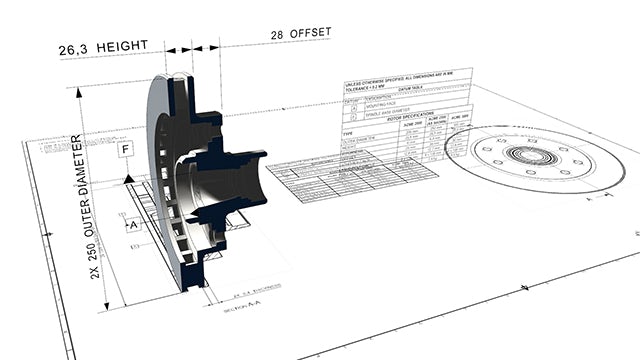The importance of openness
Modern enterprises have to implement a wide range of software applications across multiple domains to provide an end-to-end digitalization strategy and move the data they own across these applications as seamlessly as possible. When different software vendors come into play, barriers to software integration can arise. Software vendors break down these barriers by being open.
The value we place in openness is reflected in our open software architectures, published data formats, user communities and steering initiatives.
The Code of PLM Openness
We are a key participant in the Code of PLM Openness (CPO). This global initiative establishes a common understanding between software customers, vendors and service providers on the characteristics and significance of openness. CPO identifies seven categories for vendor openness.


